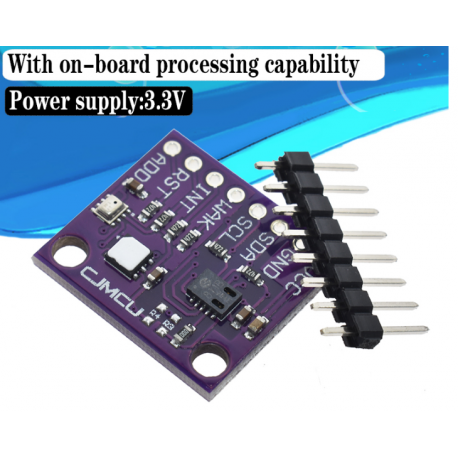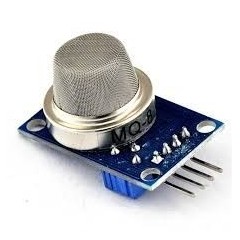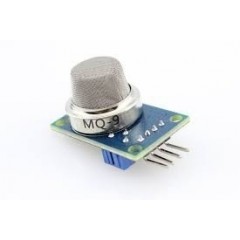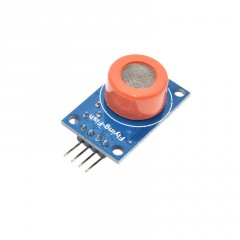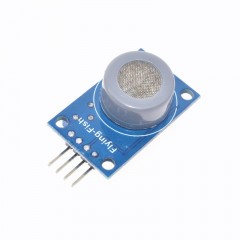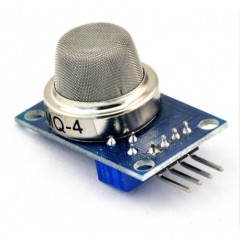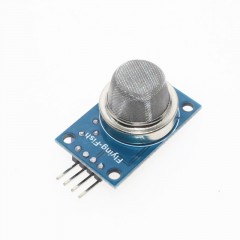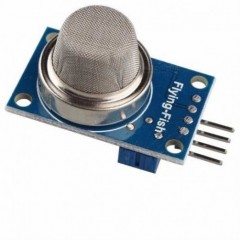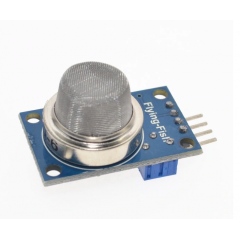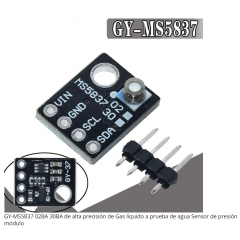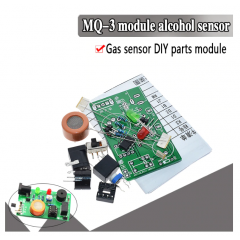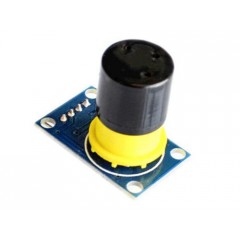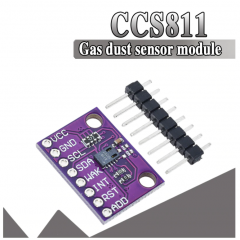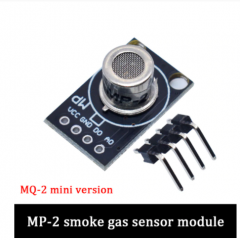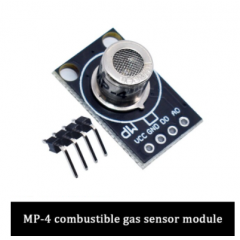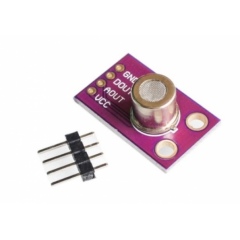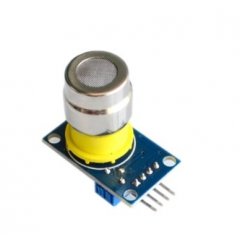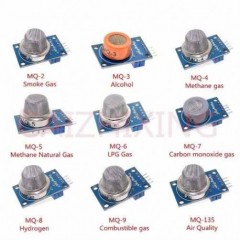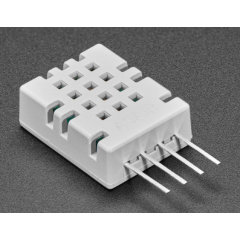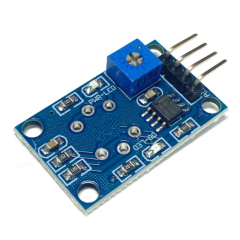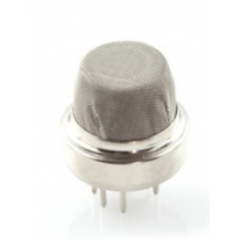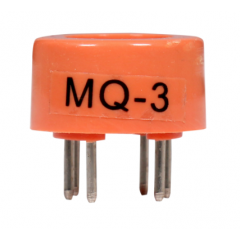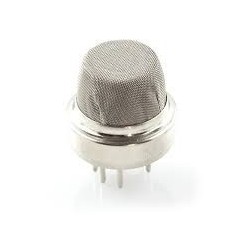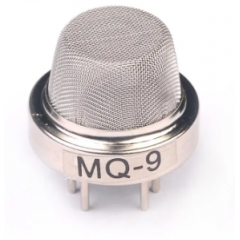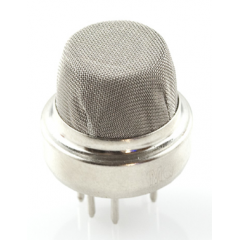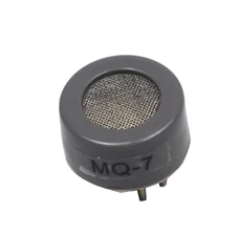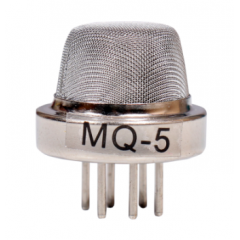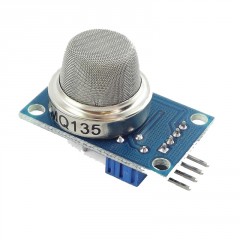Sensor De Monoxido De Carbono Co Cjmcu-8128 + Ccs811 + Bme280 3.3v Itytarg
09479
Nuevo producto
Cod: GAW
Este producto ya no está disponible
Más
ESPECIFICACIONES
Features:
CJMCU-8128 gas sensor, chip-on-chip system (SSoC) + temperature and humidity sensor.:
Uses low power sensing technology to detect volatile organic compounds (VOCs) in the room.:
It has integrated MCU, the sensor has an onboard processing capability, without host intervention,:
can provide the equivalent level of carbon dioxide or total volatile organic compound.:
At the same time, with the use of separate gas sensors and MCU solutions.:
The CCS811 can save material inventory costs of the device, and account for up to 60% of the board area.:
:
Descriptions:
BMP280 is an absolute pressure sensor designed specifically for mobile applications.:
HDC1080 is a digital humidity sensor with an integrated temperature sensor that provides excellent measurement accuracy over ultra-low power consumption.:
The HDC1080 supports a wide range of operating power supplies, and offers a low cost and low power advantage:
for a wide range of applications compared to competing solutions. The humidity and temperature sensors are factory calibrated.:
:
Specifications:
Relative humidity accuracy: + 2% (typical)
Temperature accuracy: + 0.2 (typical value)
Excellent stability under high humidity:
14 Bit Measurement Resolution:
Sleep mode current: 100nA
Material: electronic components
Size: 22x25mm
Color: purple
The CJMCU 8128 breakout board includes a great trio of environment sensors that pretty much cover all the bases when it comes to sensing your local environment and has a few overlaps especially with temperature
What’s on Board
These relatively cheap sensors include 3 main modules - with links to their data sheets:
CCS811 - Indor Air Quality (IAQ) sensor providing CO2 & Volatile Organic Compound (VOC) index AMS PDF Datasheet
HDC10XX - humidity & temperature TI PDF Datasheet
BMP280 - pressure, humidity & temperature Bosch PDF Datasheet
Its worth mentioning the temperature values returned by each of these sensors are all different and sometimes by a few degrees so you could either use all 3 and pick an average of the 3 or pick the one which has the smallest reported variance according to its datasheet. Which at the time of writing would be the HDC1080.
Having said that I’d still recommend checking the temperature’s reporting against other sensors you may have and deciding for yourself.
Hooking up to a Raspberry Pi 3
You only need to hook up the 5 of the 8 pins provided for all 3 sensors to work on a Raspberry Pi connected using the i2C bus with pins VCC and GND being self-explanatory. Although VCC should go to 3.3V supply pin on the Raspberry Pi. The SDA and SCL pins shoyuld go to the corresponding SDA/SCL i2c GPIO pins. The last pin to notice is the WAK pin which according to the documentation should go to a free Ground pin.
CCS811 datasheet[PDF]. The WAK(E) pin is used to wake a sleeping sensor from a hibernated low-power state. To make the module sleep you would put logic high to pin WAK and to wake the module you’d put logic low or Ground to that pin. As the whole breakout board uses only a tiny amount of power anyway and this post is about being connected to a Raspberry Pi I’ve chosen to hook up the WAK pin to GND to keep it permanently awake.
If you were using this on an ESP32 or ESP8266 where you wanted to take advantage of low power states then its worth looking further into this by checking the datasheets for each sensor.


